\ˈmä-nə-ˌkäk\
| ...the model strips down to the bare driver's monocoque. |
Time to consult with some real juveniles: I asked my children. What was going on here? What did they think a monocoque was? Grimbert said, “Er… Whatever it is, there’s only one of them?” and looked uncomfortable.
Arwulf wasn’t sure either but (ever ready to sling the hypotheticals, bless the child) suggested I subvert the phallocentric implications by replacing the term with hemipenis, this being the word for the copulatory organs of male lizards and snakes. These organs are usually referred to in the plural--hemipenes, which sounds to me like a rather unfortunate kind of pasta--because lizards and snakes in fact have two of them, with each one making up half of the total equipment (hence hemi-).
(Snakes and lizards do not, you may be interested to know, use both of their hemipenes at once but alternate between the two “when the interval between copulations is relatively brief.” (Thank you, Wikipedia.) I am, btw, sparing you the images of squamate porn which, while readily available on the Internet, are honestly a bridge too far for a family-friendly blog. Google it if you are curious.)
The children being of limited help, I gave in and looked it up. Turns out the monocoque originated as an aeronautical term for a fuselage structure that bears the stresses of flight. The OED cites 1919 airplane design manual that describes a monocoque as a frame “so constructed that it can withstand all the stresses which it is called upon to bear, without the necessity for longerons or cross bracing members.” When applied to motor vehicles (like race cars) a monocoque is a chassis built as a single unit, forming a reinforced cage that protects the driver. The word is a French portmanteau: mono (one) plus coque (shell or seed). Coque is related to the Latin coccum, which comes from the Ancient Greek κόκκος (kokkos), meaning “grain, seed, or berry.”
So the LEGO modelers were not describing some sordid scenario of squamate supermodels getting it on with the pizza delivery boy, but instead a model race car that could be partially disassembled to show the protective cage where the driver sits. It’s all about protection.
Just look at this:
Though actually Princess Anne reminds me a bit of my tax lady.



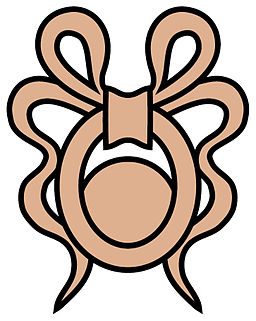

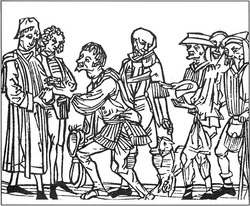

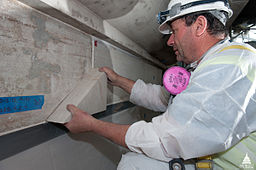
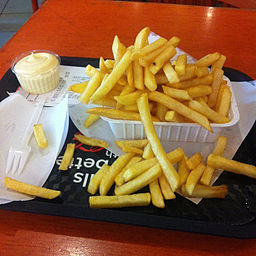
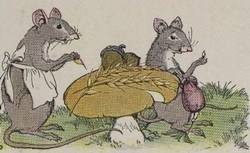

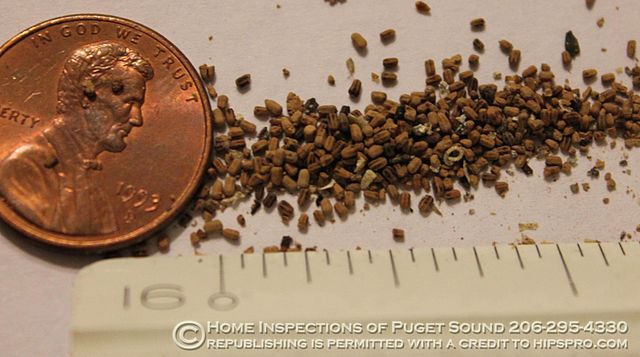





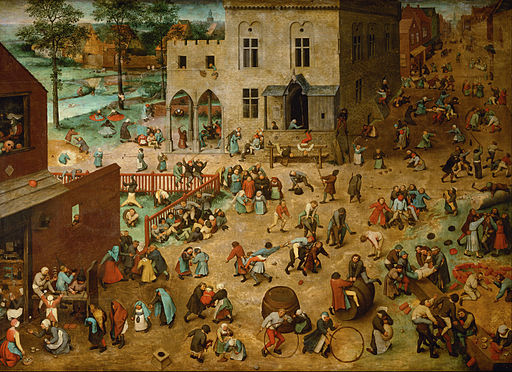

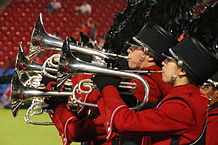

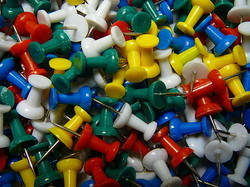

 RSS Feed
RSS Feed